Roof flashing is a core component of a roofing system, designed to direct water away from critical areas of the roof and prevent leaks. It acts as a barrier, protecting your roof and home from water damage. Understanding the different types of roof flashing, their purposes, and how they work can help you ensure your roof remains in top condition. In this blog post, we’ll explore various types of roof flashing and their roles in safeguarding your roof.
Types of Roof Flashing
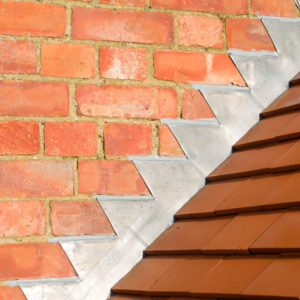
1. Step Flashing:
Purpose: Step flashing is used along the joints where the roof meets a vertical wall, such as around chimneys or dormers. It is installed in layers to create a watertight barrier, guiding water away from the wall and onto the roof.
How It Works: Each piece of step flashing is bent at a 90-degree angle and overlapped with the next piece, with one side resting against the wall and the other under the shingles. This overlapping creates a continuous path for water to flow down the roof without seeping into the joint.
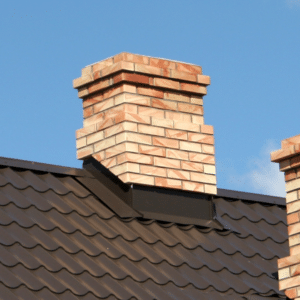
2. Continuous Flashing (Apron Flashing):
Purpose: Continuous flashing, also known as apron flashing, is used where a vertical surface meets the roof, such as along the front edge of a dormer or a chimney.
How It Works: This type of flashing is a long, single piece that covers the joint and directs water away. It is installed under the roofing material and bent upward against the vertical surface, providing a seamless barrier against water infiltration.
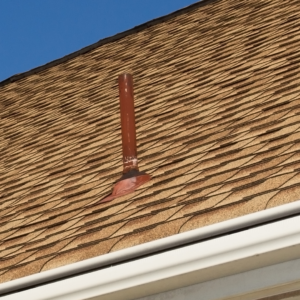
3. Vent Pipe Flashing:
Purpose: Vent pipe flashing is designed to seal around pipes and vents that penetrate the roof, preventing water from leaking through these openings.
How It Works: Typically made of metal or flexible rubber, vent pipe flashing fits snugly around the pipe or vent. The base is integrated into the roofing material, while the top is sealed around the pipe to create a watertight seal.
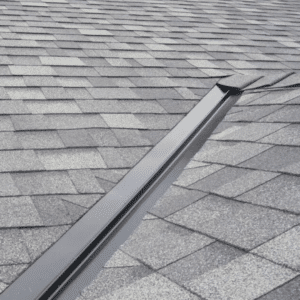
4. Valley Flashing:
Purpose: Valley flashing is used in the valleys where two roof planes meet, guiding water down the valley and off the roof.
How It Works: This type of flashing is installed along the valley line before the shingles are applied. It is usually made of metal and provides a durable, waterproof barrier that directs water away from the valley and into the gutters.
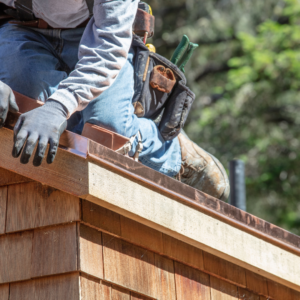
5. Drip Edge Flashing:
Purpose: Drip edge flashing is installed along the roof’s edges to direct water away from the fascia and into the gutters.
How It Works: Made of metal, drip edge flashing is installed at the roof’s edge under the roofing material. It extends slightly beyond the roof’s edge, creating a lip that channels water away from the fascia and prevents water from seeping into the roof deck.
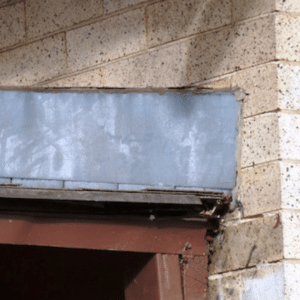
6. Counter Flashing:
Purpose: Counter flashing is used in conjunction with base flashing to provide an additional layer of protection around chimneys and walls.
How It Works: Counter flashing is installed over the top of the base flashing, creating a two-piece system that ensures water cannot penetrate the joint. It is typically embedded into the mortar joints of the chimney or wall and overlaps the base flashing to create a watertight seal.
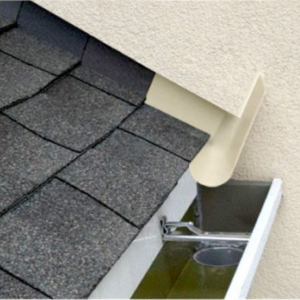
7. Kickout Flashing:
Purpose: Kickout flashing is used to direct water away from the roof and into the gutter, preventing it from running down the side of the house.
How It Works: Installed at the point where the roof edge meets a vertical wall, kickout flashing directs water away from the wall and into the gutter system. It is angled to guide the water flow and prevent it from damaging the siding or foundation.
Importance of Roof Flashing
Roof flashing plays a critical role in protecting your roof from water damage. Without proper flashing, water can seep into the roof structure, leading to leaks, rot, and costly repairs. Here are some key benefits of roof flashing:
1. Prevents Leaks: Flashing provides a watertight barrier at vulnerable points on the roof, preventing water from penetrating and causing leaks.
2. Protects Roof Structure: Flashing helps protect the roof deck, rafters, and other structural components from water damage and rot by directing water away from critical areas.
3. Extends Roof Lifespan: Properly installed and maintained flashing can extend the lifespan of your roof by preventing water-related issues that can lead to premature roof failure.
4. Enhances Home Value: A well-maintained roof with effective flashing enhances your home’s value and curb appeal, providing peace of mind to potential buyers.
Understanding the different types of roof flashing and their purposes is essential for maintaining a watertight and durable roof. Properly installed and maintained flashing protects your roof from water damage, extends its lifespan, and enhances your home’s overall value. If you suspect any issues with your roof flashing or need a roof inspection, contact the experts at Shepherd Roofing and Renovations. Our team of professionals is ready to help you ensure your roof remains in excellent condition.

